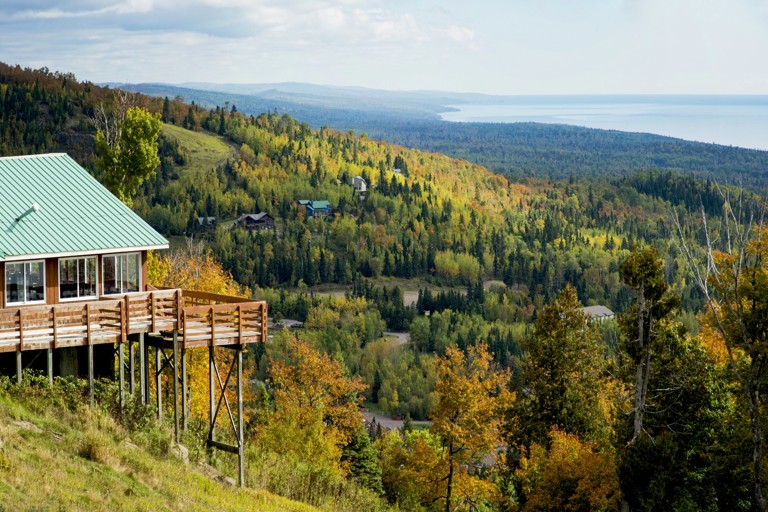Travel & Trails
Hidden Cabins Along Lake Superior Offer Solitude for Fall Travelers
With the tourist season winding down, a handful of lakeside cabins near Thunder Bay are welcoming guests seeking a quiet retreat, golden forests, and woodstove evenings away from the bustle of the city.
By Daniel McKenzie • 2025-10-13

As the crisp air of October sweeps across Ontario’s northwest, the shores of Lake Superior take on a quiet stillness that draws a different kind of traveler. The summer crowds have gone, leaving behind winding roads lined with fiery maples and a handful of secluded cabins where the only sound is the whisper of waves against rock.
These small wooden retreats, many dating back decades, are tucked between stretches of boreal forest and steep cliffs overlooking the lake. “In autumn, it feels like the world slows down here,” says Margaret Sloan, who runs a family-owned cabin resort outside Thunder Bay. “You can wake up, see your breath in the morning light, and not hear another voice for hours.”
For visitors, the appeal is simplicity. Most cabins have no televisions and limited cell service. Instead, there’s a woodstove, a shelf of paperbacks, and a view that changes with every cloud and gust of wind. “You don’t come here for entertainment,” says Sloan. “You come here to remember what quiet sounds like.”
Travelers from Toronto and Winnipeg have long made the pilgrimage to Superior’s north shore, chasing solitude and the sense of space that the region provides. “There’s a rawness here,” says outdoor photographer Kevin Lau. “Even when you’re alone, you feel the power of the lake. It’s beautiful and humbling at the same time.”
Many cabin owners are seeing renewed interest from Canadians seeking slower, more intentional getaways. The pandemic years introduced people to remote work and off-grid escapes, and that shift hasn’t faded. Bookings now stretch well into November, when the first snow begins to dust the pine branches and the lake takes on a slate-grey calm.
Local tourism boards have noticed this change, promoting fall as a season of restoration rather than retreat. “We’re encouraging people to experience Superior in its quieter moments,” says John Wilson of Tourism Thunder Bay. “It’s not about adventure parks or nightlife — it’s about stillness, reflection, and being close to the elements.”
Cabin amenities remain modest but carefully chosen. Some include small saunas or docks for early-morning paddles. Others offer trails that lead directly into crown land, where moose prints and the smell of cedar replace traffic and city chatter. Many guests say the lack of luxury is exactly what makes the experience special.
For locals, the seasonal visitors bring a welcome economic lift before winter’s long freeze. “It keeps us going through the slow months,” Sloan explains. “The guests might only stay two nights, but they buy from local stores, fill up at our gas stations, and share photos that make others curious.”
Back on the shoreline, the lake itself becomes the story. Waves crash against dark stone, sending up sprays that shimmer in the last of the sunlight. Campfires glow through cabin windows as geese cross overhead, tracing the same ancient paths they’ve flown for centuries. It’s a reminder that nature’s rhythm endures, even as human routines shift.
When morning comes, frost edges the dock planks and coffee steams from enamel mugs. The travelers who come here don’t rush to check out; they linger. For them, these hidden cabins offer more than a weekend escape — they’re a small return to what feels real, tucked between forest and water, under Superior’s endless autumn sky.